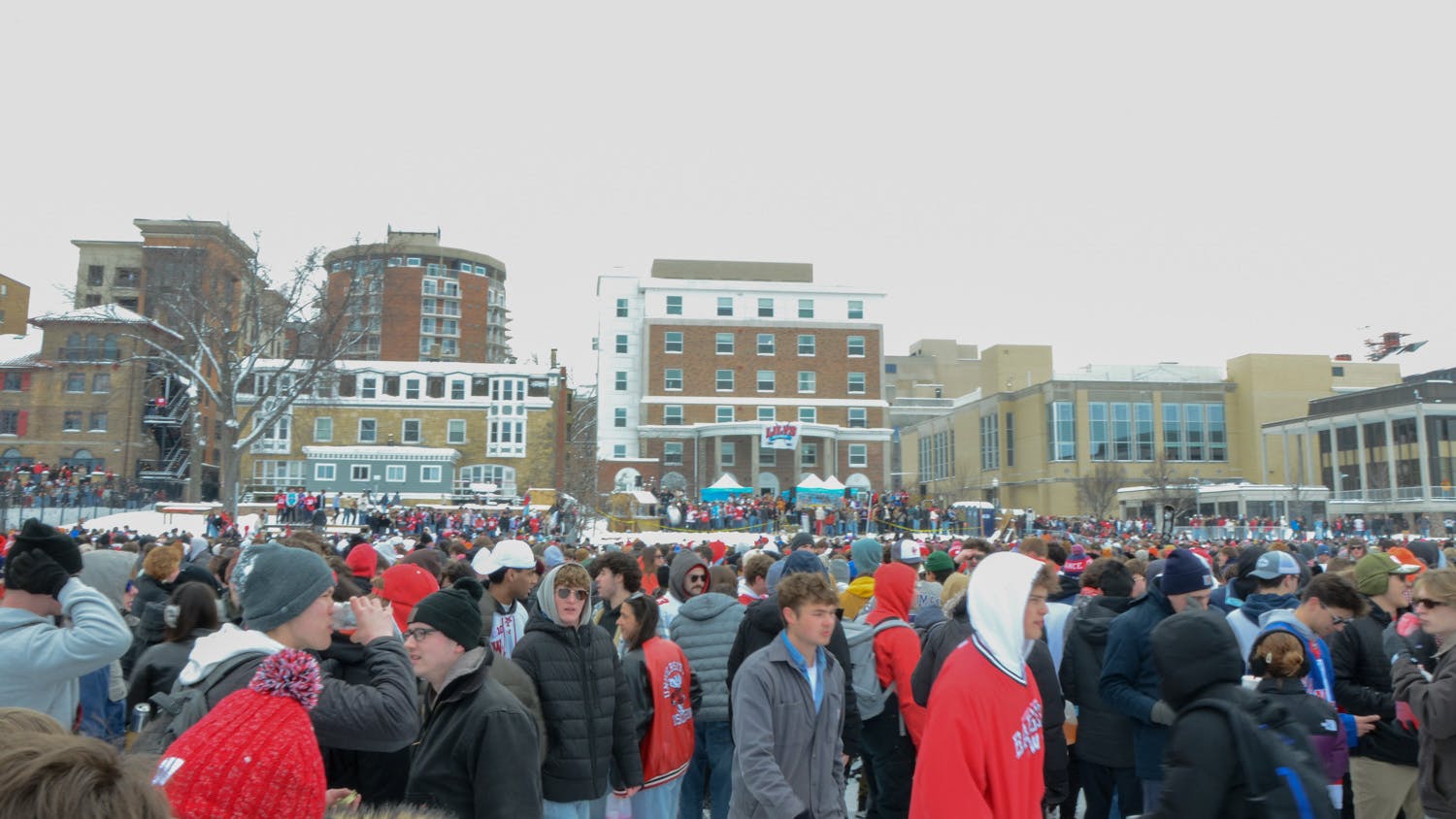The Madison Police Department submitted a report to the Public Safety Review Committee describing the 11 recorded uses of tear gas — where 140 total canisters of gas were deployed — over the last 30 years, concluding that the gas is necessary for crowd control and barricaded individuals.
For context, last summer's unrest was counted as one recorded use of tear gas in the report, where 62 total canisters were deployed.
Released in early January, the report concluded that the MPD’s use of chlorobenzylidene malononitrile (CS) has been “very infrequent” over the last 30 years, but that it was “critical to successfully resolving” the instances when it was used. The report also described how other forms of crowd control — such as physical force, batons, noise or water — are not used or favored by the department.
This comes after the rejection by the city Common Council of an immediate ban on tear gas back in October, mace and projectiles as measures of crowd control, and a resolution to vote on the ban after the study was completed.
Now that the report has been released, it is unclear if any alders will make another proposal to ban the chemical when the committee meets to discuss the report on Feb. 10.
The police report says nine of the times tear gas was used were to remove barricaded individuals from their dwelling or residence.
The other two instances were for crowd control purposes — including the State Street Halloween riot in 2002, and the Black Lives Matter protests this past summer. MPD deployed tear gas on at least four different days during those protests — three of which came days after Minneapolis Police killed George Floyd; the other was deployed in August on accident after Kenosha Police killed Jacob Blake.
The report found that over a three-day period, MPD deployed CS due to “significant civil unrest” according to the report. Law enforcement from across Wisconsin, as well as the Wisconsin National Guard, assisted MPD in throwing handheld CS canisters and projectiles.
“My stance on tear gas has never changed; tear gas should be used as a last resort and to protect our human life and not property,” Madison Police Chief Barnes said in an interview with Channel 3000. Barnes was not the Chief of Police over summer and was recently selected to the position on Friday. Interim Chief of Police Vic Wohl was at the head of the department over summer.
According to the report the MPD's use of CS in 2002 was deemed “effective”, though their use of it this summer is currently being reviewed by the Quattrone Center, a national research hub that produces research to prevent errors in the criminal justice system.
Since early May, community organizations such as Freedom Inc., Urban Triage and ACLU of Wisconsin have condemned police force used during the protests, including shows of force with tear gas and mace. Additionally, seven alders signed a letter to interim Police Chief Wahl regarding the “militarized police effort” last summer.
City Council Vice President Ald. Syed Abbas, District 12, who voted to wait for the study before creating a new tear gas resolution, expressed that he is in favor of a ban during a District 12 debate hosted by WORT 89.9FM this past weekend.
Juliana Bennet and Ayomi Obuseh, the two candidates running for District 8 alder, expressed their support of a tear gas ban during a debate three weeks ago. Both student-activists said that they felt it was a health-hazard and that it discouraged people from protesting.
“I don't think that people, unless you really have felt the effects of it, understand how you can't control crowds that way [and] how actually using tear gas incites more violence,” Obuseh said.






